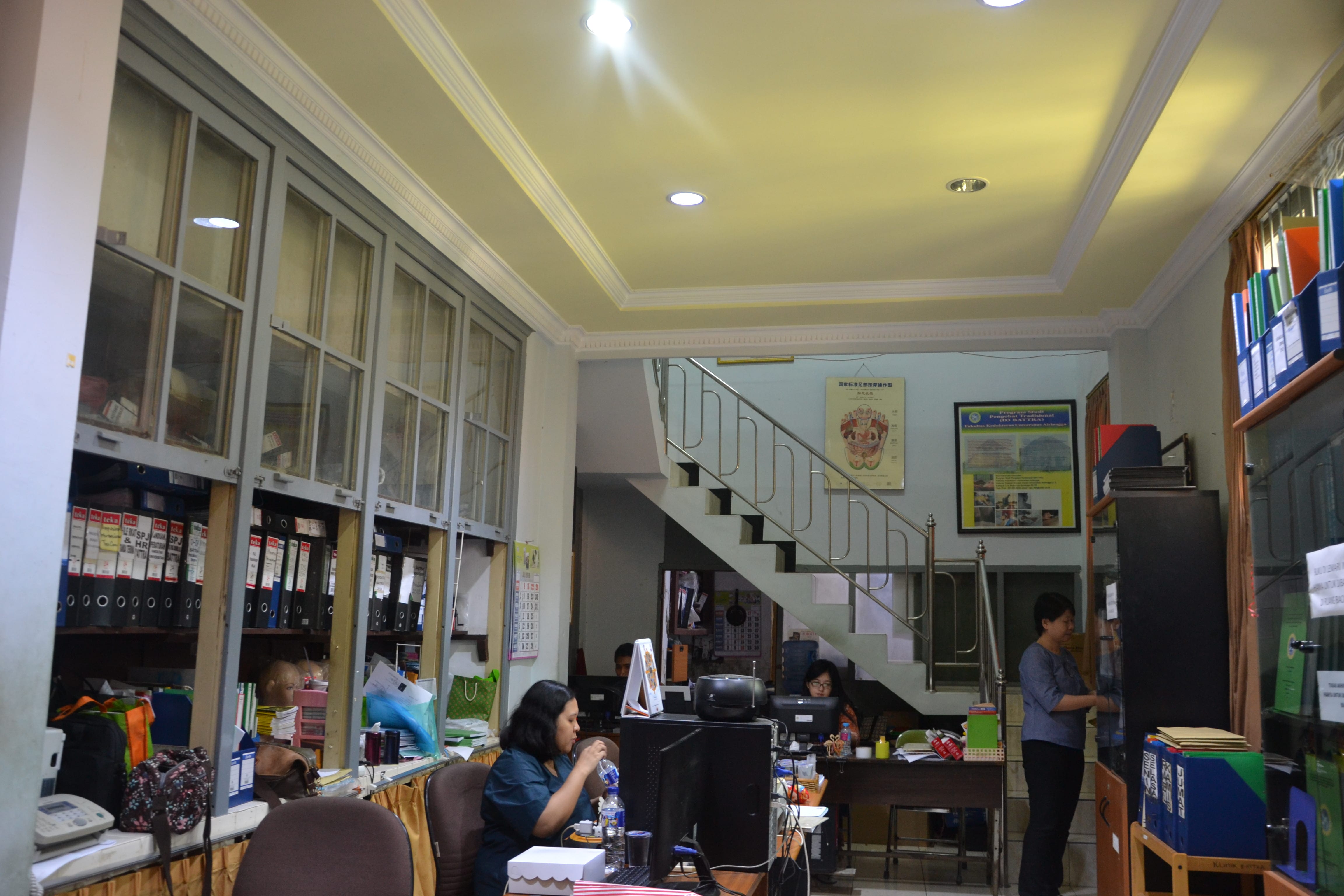UNAIR NEWS – Some of us may not know what traditional medicine is? We wonder whether this type of alternative medicine is still suitable to be applied today, especially with the rapid development of sophisticated chemical technology.
UNAIR NEWS team had the opportunity to get the story from the head of three year vocational program Traditional Medicine Program, UNAIR, Maya Septriana, S. Si., Apt, M.Si, to know more about the traditional medicine program.
According to Maya, the establishment of the traditional medicine program in Indonesia cannot be separated from the visit of President Susilo Bambang Yudhoyono (SBY) to Tianjin University and Beijing China in 2003. At that time, the president said that traditional medicine in China had advanced. And after returning to Indonesia, SBY appointed UNAIR as a university to open a program in traditional medicine.
“Since then, the only higher education institution with a three or four-year vocational study in traditional medicine is Universitas Airlangga,” she said.
Furthermore, Maya explained that traditional medicine or commonly abbreviated as Battra is a study program that prints traditional healers. Precisely traditional healers with competence in the fields of acupuncture, herbs, massage, and nutrition.
Traditional medicine student skills
During college, students of traditional medicine are not only given knowledge in the classroom, but also outside the classroom. For example, practical class and field work practice. The goal is make the traditional medicine students capable to directly prevent and rehabilitate disease in the community.
To realize the objective, there are at least four basic competencies for traditional medicine students. First, acupuncture. It is a traditional medical technique from China. It is conducted by sticking needles to certain points into the human body for disease prevention.
Second, massage. Direct massage into the human body can be treatment for diseases from the outside. For example, the type of tuina massage and acupressure usually used for infants and pregnant women. Third, herbal medicine. It cultivates medicinal plants until the harvest period such as simplicia, cold powder and herbal medicine products.
Fourth, nutrition, the recommendation of healthy diet by choosing the appropriate food content for human needs. For example, women who are experiencing menopause are encouraged to eat pecel semanggi, certain traditional dish, because it has high estrogen levels.
“After students have the four basic skills, when they graduate, they are expected to deal with patients with massage therapy and acupuncture and then recommend traditional medicine with herbs and traditional nutrition, “explained the herbal lecturer.
The three-year vocational program has been opened since 2003, while the four-year program was opened in 2015. The program receives around 40 new students each year and managed by Faculty of Vocational Studies. The students study in three faculties, Faculty of Medicine (FK), Faculty of Pharmacy (FF), and Faculty of Science and Technology (FST) UNAIR. (*)
Author: Fariz Ilham Rosyidi
Editor: Feri Fenoria Rifa’i





